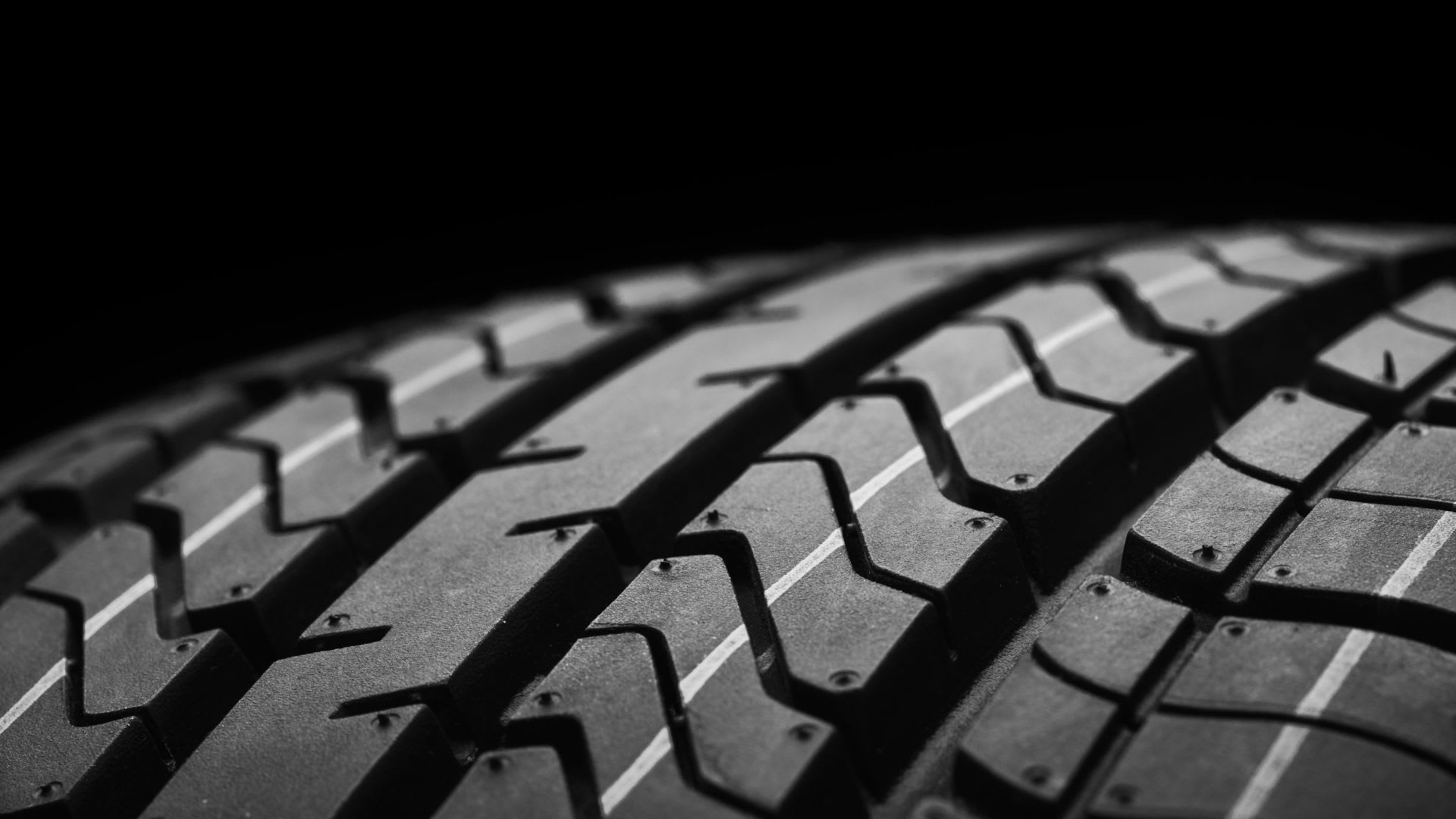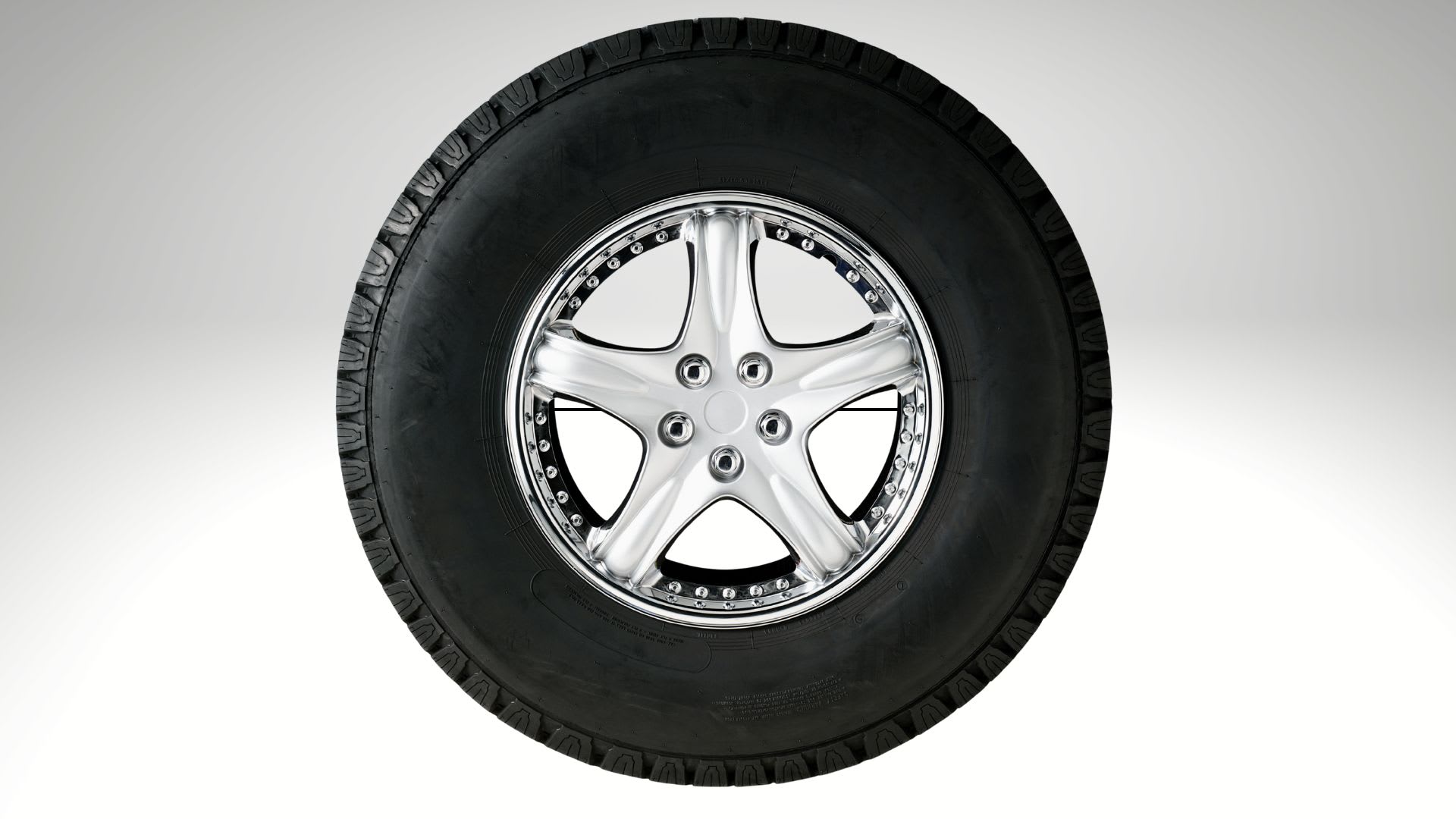Tire News & Information
Free shipping
Best price guarantee
Special pricing
Financing with Resolve
Easy returns

Bias tires represent one of the oldest and most proven tire technologies still in use today. These tires feature a unique diagonal construction that has served vehicles reliably for over a century, from early automobiles to modern heavy-duty equipment.
Understanding bias tire construction helps vehicle owners make informed decisions about their tire needs. While radial tires dominate the passenger car market, bias ply tires continue to excel in specific applications where their robust build and load-carrying capacity prove invaluable.
The diagonal ply pattern that defines bias tires creates distinct performance characteristics. This traditional design offers advantages that modern tire technology hasn't completely replaced, particularly for specialized vehicles and challenging work environments.
What Are Bias Tires?
Definition and Basic Construction
Bias tires, also known as bias-ply or cross-ply tires, feature layers of fabric cords that run diagonally across the tire from bead to bead. These cords sit at angles between 30 and 45 degrees relative to the tire's centerline, creating the characteristic diagonal pattern that gives bias tires their name. Each successive layer runs in the opposite direction from the previous one — if one layer angles left, the next angles right — forming a crisscross pattern that provides structural integrity.
The term "bias" refers to this angled cord arrangement, while "ply" describes the individual layers of rubber-coated fabric that make up the tire's body. This construction method differs fundamentally from radial tires, where cords run perpendicular to the direction of travel. The diagonal arrangement means that bias tires function as a unified structure, with the sidewalls and tread area working together as an interdependent system rather than separate components.
Key Features of Bias Tire Construction
The overlapping layers of rubber-coated fabric plies create several distinctive characteristics:
- Unified Structure: The sidewalls and tread operate as one cohesive unit, with stress and movement affecting the entire tire uniformly
- Consistent Angle Design: All plies maintain the same diagonal angle throughout the tire, typically between 30-40 degrees
- Thick Layer Formation: The overlapping creates a robust, less flexible layer that provides exceptional durability
- Even Number Requirements: Manufacturers use an even number of plies to maintain tire stability and prevent pulling to one side
This construction method results in a tire with inherently stiff sidewalls and a rigid overall structure. The multiple fabric layers — often made from nylon, polyester, or other synthetic materials — bond together during the vulcanization process to create a single, strong unit. Unlike radial tires that allow independent flexing between the sidewall and tread area, bias tires transmit forces throughout the entire structure, which explains both their strengths and limitations in various applications.
How Do Bias Tires Work?

Load Support and Structure
Bias tires are designed to excel in supporting significant weights, thanks to their distinctive construction. The crisscross pattern of plies forms a robust framework that efficiently distributes pressure. This design allows bias tires to handle heavy loads, making them suitable for industrial and agricultural vehicles. The multiple layers of fabric not only provide strength but also enhance resistance to punctures and cuts, making them durable on challenging terrains.
The sidewalls are integral to the tire's strength, maintaining rigidity under load. Unlike their radial counterparts, these sidewalls retain their form, ensuring that the tire functions as a cohesive unit. This characteristic is essential for applications where stability is crucial, minimizing risks associated with uneven or shifting cargo.
Performance Characteristics
Bias tires offer specific advantages in performance, particularly in load-bearing scenarios. The stiffer sidewalls contribute to reduced sway during towing, enhancing stability. However, the dense construction leads to quicker heat buildup during prolonged use, a factor to consider for long-distance travel.
These tires exhibit higher rolling resistance due to their solid build. While this results in increased fuel consumption, it also provides a firm ride, making bias tires ideal for short-distance and low-speed tasks where durability and load capacity are prioritized over fuel efficiency.
What Are Bias Tires Used For?
Heavy-Duty Applications
Bias tires excel in environments demanding resilience and robust performance. In construction, these tires provide the strength needed to support heavy machinery on challenging job sites. Their reliable grip and sturdy build ensure consistent performance across uneven surfaces, making them indispensable for construction projects.
In farming, bias tires are essential due to their ability to navigate fields and rugged terrain. They offer excellent traction and stability, critical for agricultural machinery that must operate efficiently in variable conditions. Mining equipment also benefits from bias tires, where the ability to withstand harsh conditions and carry substantial loads is crucial for daily operations.
Specialty Vehicle Uses
Bias tires also cater to vehicles with unique requirements. Enthusiasts of classic cars often select bias tires for their ability to maintain an authentic, period-correct look. This characteristic is vital for preserving the historical appearance of vintage automobiles, ensuring they remain true to their original design.
Off-road vehicles benefit from the rugged nature of bias tires, which provide the traction necessary for tackling extreme terrains. These tires are well-suited for navigating challenging landscapes, offering the durability needed for adventurous off-road activities. Additionally, utility trailers carrying heavy loads locally find bias tires effective in providing stability and safety during transport, making them a reliable choice for various applications.
Bias Tires vs Radial Tires: Key Differences
Construction Differences
Radial tires feature a design where cords extend at right angles from bead to bead, creating a clear division between the tread and sidewall. This allows for flexibility in the sidewalls, enhancing comfort and handling. Steel belts under the tread provide additional reinforcement, supporting stability and performance on smooth surfaces.
On the other hand, bias tires consist of diagonal plies that overlap to form a cohesive unit. This construction results in a tire that functions as a single structure, offering robustness and resilience. The fabric layers in bias tires contribute to their strength, making them ideal for rugged environments where durability is essential.
Performance Comparisons
Radial tires excel in fuel efficiency due to their reduced rolling resistance. This makes them well-suited for long-distance travel and daily driving, where saving fuel is a priority. The ability to dissipate heat efficiently means they remain cooler at high speeds, contributing to their longevity.
Bias tires, however, shine in applications requiring substantial load-bearing capacity. Their robust construction ensures they withstand challenging conditions, offering protection against sidewall damage. While radial tires often provide a longer lifespan under typical driving conditions, bias tires deliver the tough performance needed for demanding tasks, making them the preferred choice in heavy-duty scenarios.
Advantages of Bias Tires
Durability Benefits
Bias tires are known for their robust performance in challenging environments. Their multi-layered construction offers outstanding protection against sidewall damage, making them ideal for navigating rocky or uneven terrains. This strength ensures that they withstand the rigors of demanding conditions, providing a reliable option for vehicles that face frequent exposure to harsh elements.
Cost-efficiency is another significant advantage of bias tires. They are generally more affordable than radial alternatives, offering an economical solution for heavy-duty applications without sacrificing quality. This long-standing technology has a track record of dependability, making it a trusted choice for those who require durable and reliable tires.
Practical Advantages
Bias tires deliver exceptional stability, particularly when managing unevenly distributed loads. Their solid framework supports consistent handling, minimizing the risk of sway or imbalance. This feature is essential for short-distance transport tasks where maintaining control is crucial.
These tires also excel in low-speed operations, offering dependable performance and ease of handling. They can accommodate unexpected weight variations more effectively, providing reassurance in diverse scenarios. Additionally, their straightforward design often allows for simpler maintenance and repairs, reducing downtime and keeping operations running smoothly.
Understanding Bias Tire Limitations
Performance Considerations
Bias tires, while robust, face challenges in specific settings. One notable aspect is their tendency to generate more heat during prolonged highway use. This occurs because the dense ply layers create friction, which can lead to quicker wear over time.
Fuel efficiency is another consideration, as bias tires have higher rolling resistance due to their construction. This means they require more energy to maintain speed, impacting fuel consumption, especially over long distances.
On paved roads, the ride may feel less smooth. The firm sidewalls and overall stiffness don't absorb road bumps as efficiently, leading to a ride that's not as comfortable compared to other tire types.
When to Avoid Bias Tires
Certain driving conditions and vehicle setups may not benefit from bias tires. Extended highway journeys are less ideal, given the potential for heat buildup and reduced fuel efficiency. High-speed scenarios also challenge these tires, as they're not designed for rapid travel.
For those prioritizing fuel economy and a quiet, smooth ride, bias tires might not be the best choice. Vehicles with advanced suspension systems, aimed at maximizing comfort and efficiency, may not align with the rigidity of bias tires.
Drivers focusing on lengthy trips or using vehicles with modern technology may find radial tires more suitable. Their design offers improved fuel economy, comfort, and durability, meeting the demands of contemporary driving needs.
Are Bias Tires Right for Your Vehicle?

Ideal Applications
Bias tires excel in specific situations where durability and load-carrying capabilities are paramount. They are particularly suited for vehicles operating in demanding environments like agricultural fields or construction sites, where their robust design offers reliable performance. The strong build of bias tires makes them ideal for equipment that requires steady support and durability in tough conditions.
Trailers transporting substantial loads over short distances benefit from the resilience these tires provide. For classic vehicles, bias tires offer an authentic appearance, preserving the traditional look that enthusiasts appreciate. This makes them a popular choice for vintage cars and motorcycles, maintaining their historical integrity.
Questions to Consider
Several factors play a role in determining if bias tires are suitable for your needs. Consider the speeds you typically drive—bias tires are more suited for moderate speeds as higher speeds may increase heat buildup. If fuel efficiency is crucial, exploring tires with lower rolling resistance might be beneficial.
Assess the types of terrain you navigate. Bias tires are well-suited for rugged and challenging surfaces, while other tires might perform better on smooth roads. Evaluate the weight of your loads—bias tires manage heavy weights effectively. Finally, if maintaining a classic vehicle's authentic look is important, bias tires remain an excellent option.
Making the Right Choice
Choosing the right tire involves evaluating your specific requirements and driving conditions. Consider both the initial cost and the long-term benefits; bias tires often provide cost-effective solutions for specific applications. Check your vehicle manufacturer's guidelines for tailored advice.
Reflect on where and how you'll use the tires—whether for short hauls or off-road tasks. Consulting a tire professional can offer valuable insights, ensuring your choice aligns perfectly with your needs and vehicle specifications.
Understanding bias tires and their unique construction helps you make informed decisions about whether they're the right choice for your specific needs. While bias tires excel in heavy-duty applications and specialized uses, every vehicle and driving situation requires careful consideration of tire type. We invite you to explore our extensive selection and shop for tires online and find the best deals that match your vehicle's requirements and driving style.
Ready to find the perfect tires?
Search By